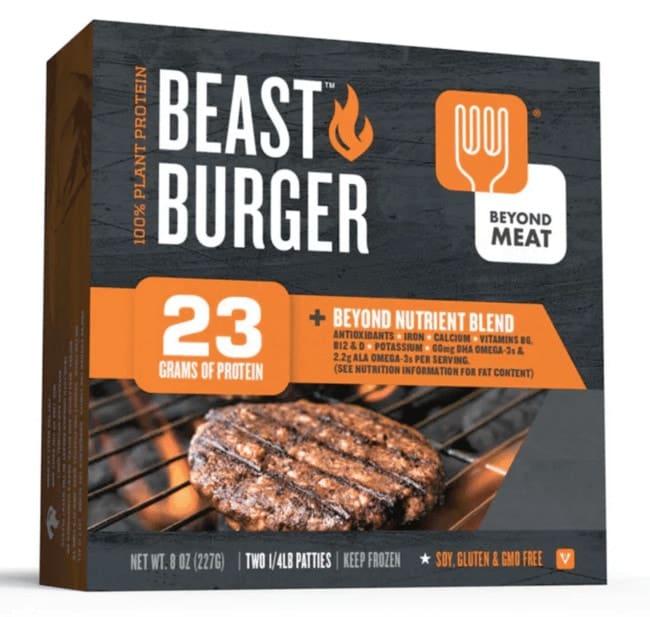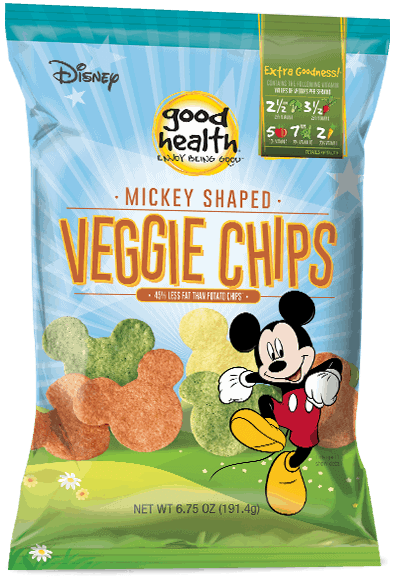Imposing Soda Tax: A Solution for The Ballooning Diabetes and Heart Disease Problems
Global diabetes and heart disease rates have ballooned over the last 25 years. Among the countries that have the highest rate of diabetes and heart diseases, Mexico tops the list according to Dr. Kirsten Bibbins-Domingo. She is a UCSF professor medicine and director of UCSF Center for Vulnerable Populations. Another problem in the country is obesity. With the global obesity rate growing at 11% and 15%, respectively, for both men and women, Mexico harbors a lot of obese individuals in the world. It is strikingly alarming to take note that around 75% of adults in Mexico are obese.
To solve the problem, the Mexican government proposed a solution to address this chronic health issue by imposing a 10% excise tax on sugary drinks in 2014. This tax rate is designed to curb the consumption of sugary beverages. Thus, decreasing the number of people who have diabetes and cardiovascular diseases. Moreover, this strategy allows the government to save about $1 billion in direct health care cost due to these conditions.
Is the Sugary Drink Tax Effective?
In a study published in PLOS Medicine, simulation models of cardiovascular diseases and diabetes in Mexico was done. The simulation model was developed on the well-established model used in the United States in 1980.
Researchers from the Instituto Nacional Salud de Publica (INSP) in Cuernavaca in Mexico and from the UC San Francisco estimated that the sugary drink tax in the country will likely prevent 20,000 cases of heart attack, 190,000 cases of diabetes, and 19,000 deaths among adults from the age of 35 to 90 within the next ten years.
The sugary drink tax is not the only tool to turn around this health epidemic in Mexico, but it will also mean a lot of savings for the people and the government according to senior researcher, Simon Barquera. For instance, it will reduce healthcare spending such as clinic visits and hospitalization by as much as $983 billion. The health benefits will strongly be felt among young adults who are avid consumers of sugary drinks.
Backed by The World Health Organization
The World Health Organization (WHO) issued a report that indicated that imposing sugary drinks could decrease Type 2 diabetes, tooth decay, and obesity. Increasing the retail price to 20% can trigger a reduction in consumption because people will have second thoughts about buying expensive drinks.
Obesity is a rising problem in many rich and developing countries. The problem started more than a decade ago, and it has affected mostly people from the middle-income and lower-income bracket.
The sugary drink tax imposed in Mexico in 2014, according to WHO spokesman Paul Garwood, was favorable wherein the agency observed a substantial drop in the consumption of not only sugar but also caffeine.
Inspired by www.ucsf.edu/

 FDA Issues Public Warning
FDA Issues Public Warning Founded two years ago, the Clean Label Project is a non-profit group that is concerned about the purity and safety of today’s food. It is led by people from all walks of life, but most of them have a background in the food industry. The group aims to answer questions related to the origin of our foods and increase the transparency of food issues such as GMO labeling, revamping the nutrition facts, and implementing the Food Safety Modernization Act.
Founded two years ago, the Clean Label Project is a non-profit group that is concerned about the purity and safety of today’s food. It is led by people from all walks of life, but most of them have a background in the food industry. The group aims to answer questions related to the origin of our foods and increase the transparency of food issues such as GMO labeling, revamping the nutrition facts, and implementing the Food Safety Modernization Act. Clean labeling is not just about knowing the types of ingredients used in making a particular food product. It also knows where your food comes from and how it is made with the Clean Label Project, the non-profit organization aims to transform how people look at the concept of clean labeling.
Clean labeling is not just about knowing the types of ingredients used in making a particular food product. It also knows where your food comes from and how it is made with the Clean Label Project, the non-profit organization aims to transform how people look at the concept of clean labeling. Plant-Based Pulses: The New Meat
Plant-Based Pulses: The New Meat Trend #6: Hidden Veggies
Trend #6: Hidden Veggies
